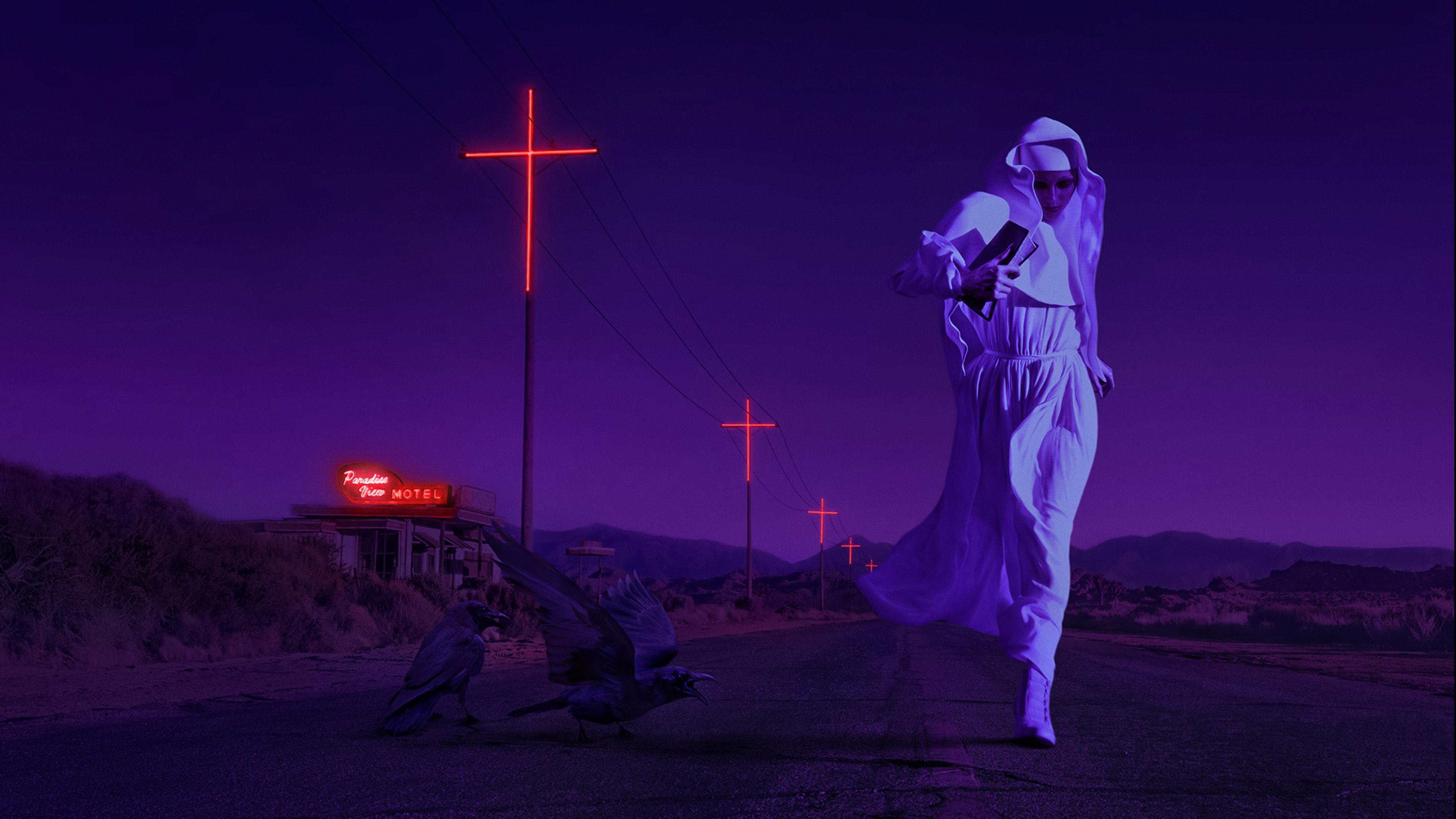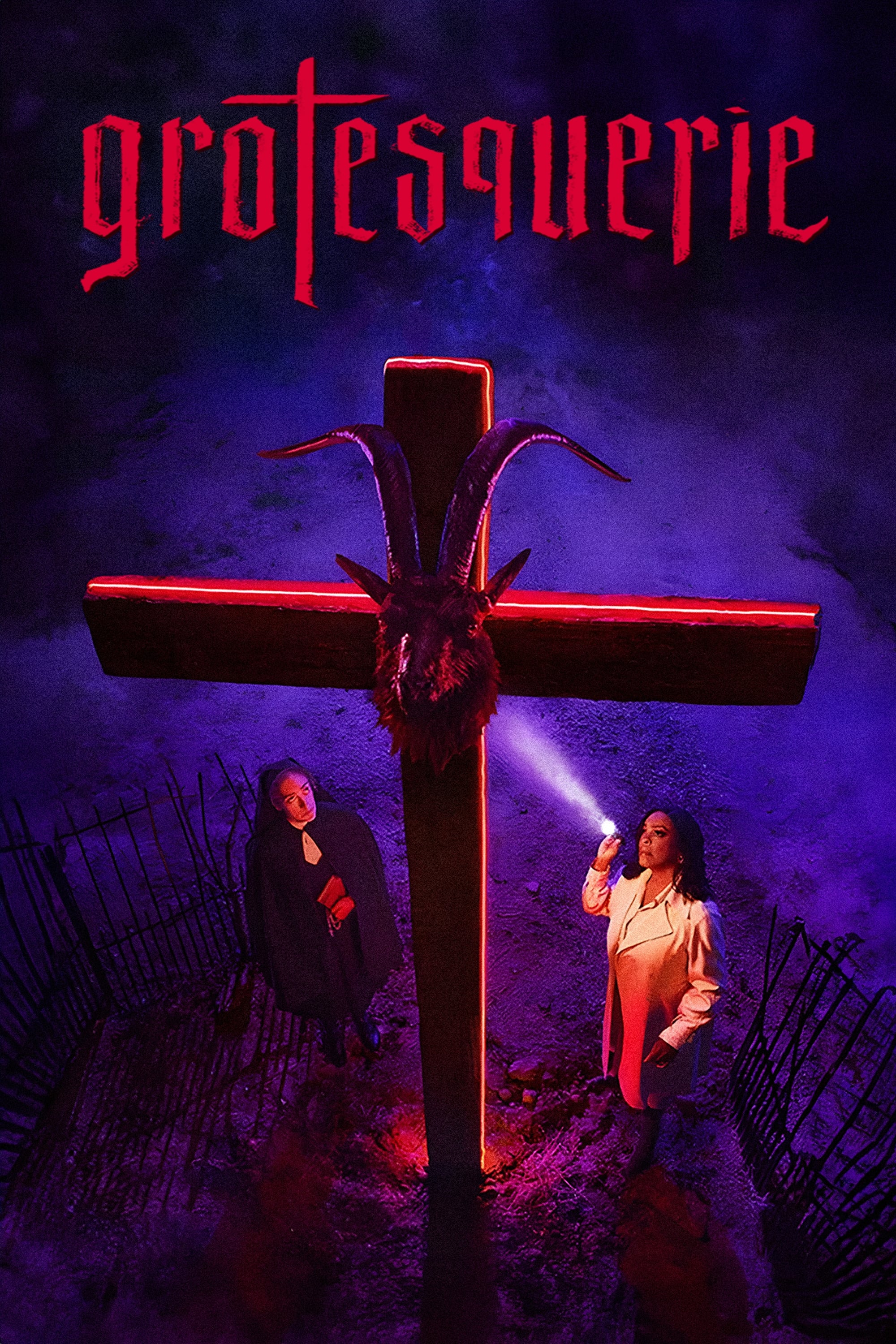
Grotesquerie (2024)
Grotesquerie (2024)
Ryan Murphy's new show, Grotesquerie, has been marketed as a fresh, standalone horror series with no ties to American Horror Story (AHS). Murphy has explicitly stated that Grotesquerie would chart a new course, seemingly far removed from the trappings of AHS. Yet, as Season 1 concluded, the supposed separation seems increasingly dubious. From unsettling plot twists to familiar character archetypes, it’s hard not to see clear echoes of AHS in this "new" series. Though Grotesquerie ultimately offers a uniquely dark experience, the overwhelming familiarity leaves a sense of deja vu that no longtime fan can ignore.
The first six episodes of Grotesquerie follow Lois, an alcoholic detective hunting a brutal serial killer named "Grotesquerie" who revels in religious imagery. She is joined by Sister Megan, a nun with her own entanglements, and a few supporting characters who breathe life into a narrative that’s gritty, intricate, and gripping. At least, that's how it appears—until the reveal in Episode 7. In a twist, we learn that the events up to this point have all been part of a coma-induced dream, with Lois awakening to a reality where her dream’s characters occupy different roles. The stylistic visual cues hinted at a twist, but this reveal feels disappointingly abrupt, derailing much of the narrative’s initial momentum.
The latter part of the season shifts to Lois’s struggle to connect her dream with real-life events that eerily mirror it. As the murders from her dream begin to play out in reality, she suspects a copycat is at work, launching the show’s third act in a new, unanticipated direction. While Murphy’s experimental structure is intriguing, it creates an unsatisfying viewing experience by turning the show’s mystery on its head when the audience was already invested. It’s as if the season’s first half was sacrificed for a twist that leaves viewers more frustrated than fulfilled, feeling like a setup for a potential second season that, at this point, is unconfirmed.
Grotesquerie also features some questionable casting choices. Travis Kelce’s role as Eddie is a prime example. Unlike Murphy’s successful stunt casting with Lady Gaga in AHS: Hotel, Kelce’s performance feels jarringly amateurish, standing out against the work of seasoned actors like Niecy Nash-Betts, Michaela Diamond, and Courtney B. Vance. These actors, along with the rest of the cast, deliver outstanding performances that elevate Grotesquerie despite its inconsistent narrative structure. Nash-Betts and Diamond, in particular, shine as Lois and Megan, bringing emotional depth and charisma to their roles. Their work anchors the series, making it watchable even during its most baffling moments.
Finally, Grotesquerie is riddled with AHS callbacks that only underscore its identity crisis. From the troubled, alcoholic protagonist to the religiously themed murders, and even a cult subplot in the finale, Murphy recycles familiar AHS tropes with little alteration. It’s hard not to see Grotesquerie as a distant cousin to AHS: Cult or Hotel, despite the creator’s attempts to differentiate it. In the end, Grotesquerie feels like an experiment in genre and audience endurance, testing how far Murphy can stretch old formulas in new packaging. While intriguing, this experiment yields a fragmented, uneven season that might keep fans watching—but not without some frustration.
Crazy white peopleIdgaf wars Sex PartyGirlbosses DEATH!?Hot POC’sDetective, what are your thoughts?Love a Black Woman from Infinity to Infinity Milfs and DilfsGrotesquerie







